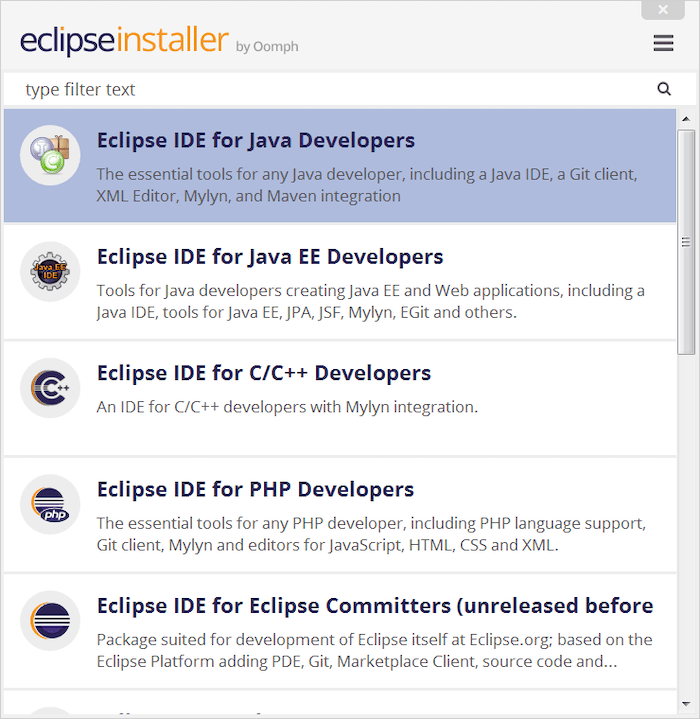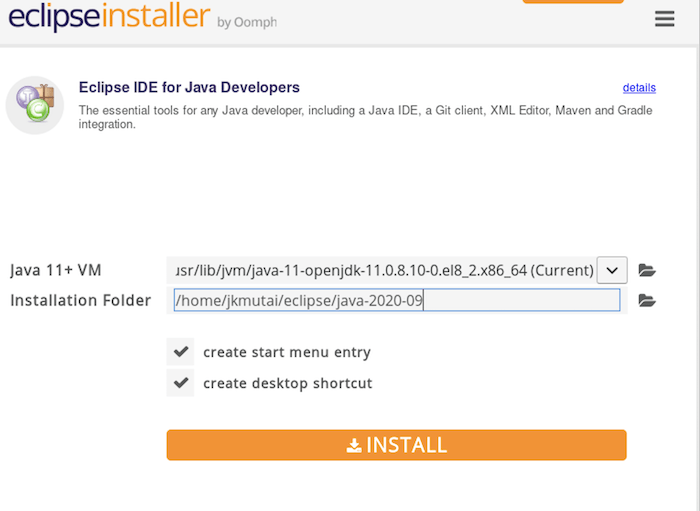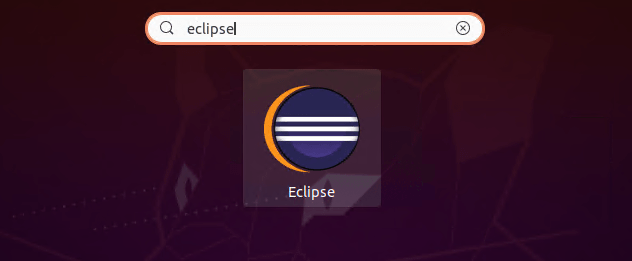
In this tutorial, we will show you how to install Eclipse IDE on CentOS 8. For those of you who didn’t know, Eclipse is a cross-platform, wildly popular Java-integrated development environment (IDE) that you can easily install and manage your Java-based projects. It contains a base workspace and an extensible plug-in system for customizing the environment.
This article assumes you have at least basic knowledge of Linux, know how to use the shell, and most importantly, you host your site on your own VPS. The installation is quite simple and assumes you are running in the root account, if not you may need to add ‘sudo‘ to the commands to get root privileges. I will show you the step-by-step installation of Eclipse on CentOS 8.
Prerequisites
- A server running one of the following operating systems: CentOS 8.
- It’s recommended that you use a fresh OS install to prevent any potential issues.
- A
non-root sudo useror access to theroot user. We recommend acting as anon-root sudo user, however, as you can harm your system if you’re not careful when acting as the root.
Install Eclipse IDE on CentOS 8
Step 1. First, let’s start by ensuring your system is up-to-date.
sudo dnf clean all sudo dnf update
Step 2. Installing Java.
Before installing Eclipse, make sure you have installed JDK on your system:
sudo dnf install java-11-openjdk-devel
Verify the Java version on your machine:
java -version
Step 3. Installing Eclipse IDE on CentOS 8.
Now run the following command below to download the latest Eclipse package from the official page:
wget http://ftp.yz.yamagata-u.ac.jp/pub/eclipse/oomph/epp/2020-09/R/eclipse-inst-linux64.tar.gz
Next, extract Eclipse packages:
tar xvf eclipse-inst-linux64.tar.gz
Then, change to the project folder and run the installer script:
cd eclipse-installer/ ./eclipse-inst
The Eclipse Installer lists the IDEs available to Eclipse users. You can choose and click on the IDE package you want to install:

Next, set the installation folder and agree to create a start menu entry:

Step 4. Accessing Eclipse IDE on CentOS.
Once successfully installed, launch Eclipse IDE from your applications menu.

Congratulations! You have successfully installed Eclipse. Thanks for using this tutorial for installing Eclipse IDE on CentOS 8 systems. For additional help or useful information, we recommend you check the official Eclipse website.